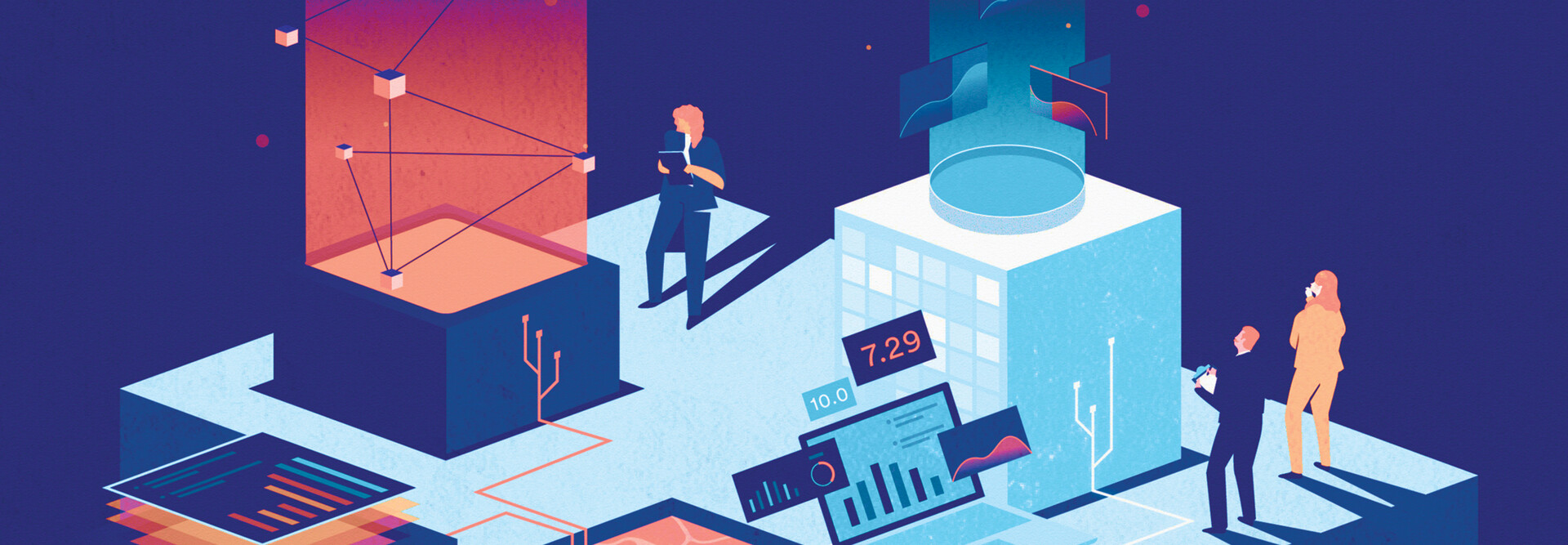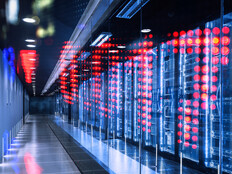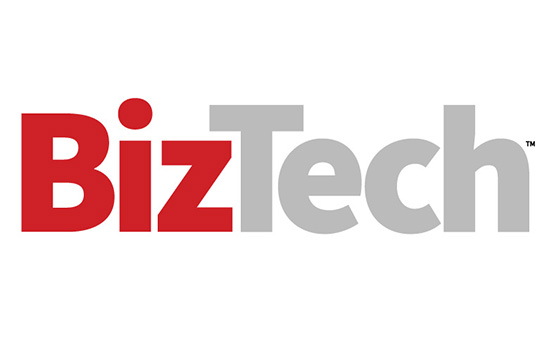Across wind farms, power plants and factory floors, digitalization is becoming embedded in machines themselves through Internet of Things technology.
These connected machines can leverage data systems connectivity to optimize energy use, predict failures or even drive entirely new business models. The Industrial IoT is all about enabling real-time decision-making to keep plants running and products moving at the speed of business.
FIND OUT: How to design an IoT centered security strategy.
What Is the IIoT?
The IIoT refers to the application of connected sensors, devices and systems within industrial environments, such as factories, utilities and infrastructure, to collect, analyze and exchange data in real time.
These deployments increase operational efficiency, improve asset utilization and enhance visibility into complex industrial processes.
“Machines on the factory floor with IoT sensors tell you about vibration, temperature or asset throughput,” says Paul Miller, vice president and principal analyst at Forrester.
Other examples include smart meters, which report how much water or electricity is being used.
DIVE DEEPER: Tips from experts on managing IT and OT convergence.
How Do IIoT Devices Work?
At the core of the IIoT is layered data acquisition and communication, connecting operational technology to IT systems through cloud or edge platforms.
According to Carlos González, research manager of worldwide Industrial IoT and intelligence strategies at IDC, the process begins on the factory floor, where programmable logic controllers, automation equipment, SCADA systems and sensors perform core operational tasks.
“These devices operate on a data layer, getting instructions from a SCADA system or manufacturing execution system,” he explains. “That data is then fed into an IoT platform that integrates operational data with IT systems like inventory or financial databases.”
This integration enables more advanced monitoring and decision-making.
“At the IIoT level, you can analyze something like energy consumption across different parts of a factory and decide to shut down nonessential systems during low production hours,” González says.
EXPLORE: OT, IoT and IT convergence solutions for large organizations.
Another example is predictive maintenance: If a robot tends to overheat after three months of use, the system can alert a technician before the issue leads to downtime.
“More industrial machines now leave the factory connectable,” he says. “For older equipment, retrofit solutions offer plug-and-play sensors that measure variables like temperature or vibration and send that data back for analysis.”
What Are the Advantages of the IIoT?
The promise of the IIoT lies in unlocking new levels of visibility, productivity and flexibility in industrial environments.
“The most obvious advantage is increased efficiency,” González says. “If you can waste less energy and produce a higher yield, you’re improving both productivity and sustainability.”
Saving money through predictive maintenance is another major incentive.
“Instead of waiting for a machine to fail or servicing it on a rigid schedule, you can monitor performance and address issues proactively,” Miller explains. “That avoids unnecessary maintenance and prevents critical failures that can halt production.”
The IIoT also enables better quality control by ensuring that equipment operates within optimal parameters.
“If your equipment runs more accurately and consistently, you reduce the rate of defective output,” González says.
The ability to scale is equally important: Once data and performance models are established at one site, they can be replicated across other facilities.
Click the banner below to read the 2024 cybersecurity report.
How Do You Secure the IIoT?
The security concerns surrounding the IIoT are serious, as each new device represents a potential entry point for cyberattacks. González notes that operational environments are historically ill-prepared for modern threat models.
“Many organizations don’t even know how many access points they have,” he says. “Asset discovery is crucial. You can’t protect what you don’t see.”
He emphasizes the importance of patching firmware, segmenting networks and establishing basic cyber hygiene.
While IIoT connectivity increases visibility, it also expands the attack surface.
“Machines that were once secure by obscurity are now visible on the network,” Miller explains. “Plugging a machine into the internet without securing it first creates an immediate risk.”
To mitigate these risks, enterprises must embrace zero-trust principles, which means that instead of assuming that the turbine sending a signal is legitimate, you verify it.
“Build your applications with the assumption that any device could be compromised,” Miller says.
Monitoring traffic for anomalies is just as important. Miller says that applications should be smart enough to flag or reject implausible behavior.”
“If a wind turbine suddenly asks to transfer money to a bank account, that’s obviously suspicious,” he says.
What’s Next for the IIoT?
Performance expectations are rising as the IIoT matures, with organizations now demanding actionable insights and decision support as standard capabilities from their IIoT platforms.
“Three years ago, analytics was a bonus feature,” González explains. “Today, it’s a baseline requirement.”
Artificial intelligence is another major technology reshaping the future of the IIoT, especially as generative models and machine learning become more accessible.
In industrial settings, AI is being used not only to analyze data but also to surface insights in more intuitive ways.
Soon, field technicians may rely on natural language queries, asking digital assistants questions about asset performance and receiving real-time diagnostics pulled from live IIoT systems.
WATCH: CDW expert Jill Klein shares the top IoT use cases by vertical.
“You’re not actually talking to the wind turbine,” Miller says. “But you’re using a large language model to query the system, which responds with meaningful, real-time insights.”
He says that this kind of frictionless interaction is poised to transform the way workers engage with complex infrastructure.
As the next wave of IIoT unfolds, organizations that integrate insights directly into operations will have the competitive edge.
“The ones that win will be those who use the data not just to observe but to act,” González says.













